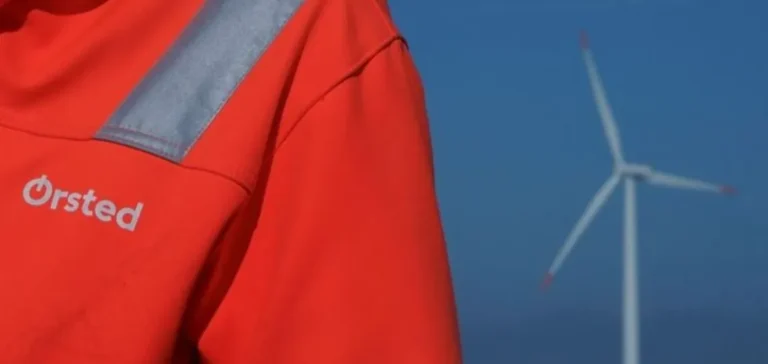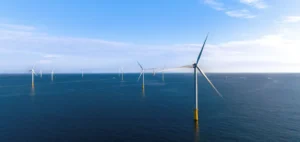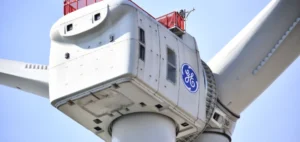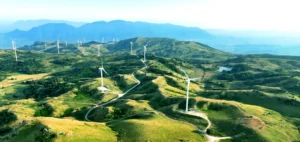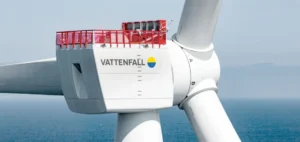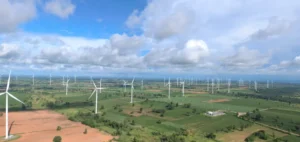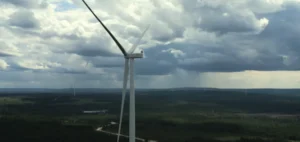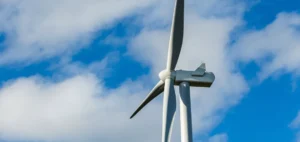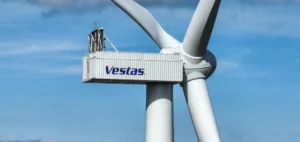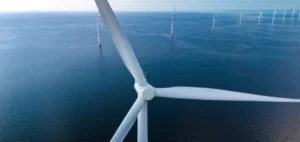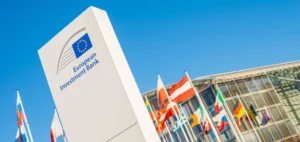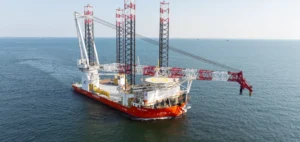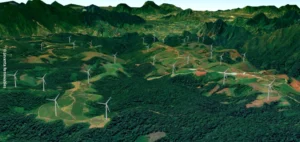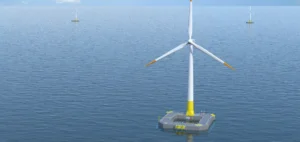Danish renewable energy developer Orsted has announced the elimination of 2,000 jobs by 2027, representing around 25% of its global workforce. The decision is part of a broader cost-reduction plan aimed at supporting the group’s competitiveness, as it faces operational difficulties in the US market.
Workforce reduction and operational refocus
Orsted’s management stated that the restructuring will include voluntary departures, outsourcing, and layoffs. Around 500 positions are expected to be cut as early as the fourth quarter of 2025, including approximately 235 in Denmark. Chief Executive Officer Rasmus Errboe said the group must “reduce costs associated with the development, construction, and operation of offshore wind farms.”
The company, 50.1% owned by the Danish state, also confirmed its intention to concentrate activities on European and selected Asian markets. Orsted currently operates on three continents, but plans to reallocate investments towards more stable and profitable regions.
Recapitalisation and uncertainty in the United States
At the same time, Orsted has raised $9.4 billion in a recapitalisation announced on Monday. The operation is intended to strengthen its financial position following setbacks on its US projects. The Revolution Wind project, located off the coast of New England, had been suspended due to an administrative decision before being cleared to resume by a court at the end of September.
The group stated that regulatory delays and complex market conditions in the United States played a role in its decision to scale back its presence in that region. This reorientation may affect several ongoing and future projects, amid growing regulatory volatility.
Financial targets revised
Orsted has lowered its forecast for earnings before interest, taxes, depreciation, and amortisation (Ebitda) for 2025, now expected between DKK24bn and DKK27bn ($3.4bn to $3.8bn), compared to a previous range of DKK25bn to DKK29bn. The group cited weaker-than-expected winds in certain production zones and a delay at a construction site in Taiwan.
Despite these adjustments, management states it intends to maintain the group’s position in the global offshore wind market. The geographical repositioning and restructuring measures are presented as tools to secure medium-term investments.


